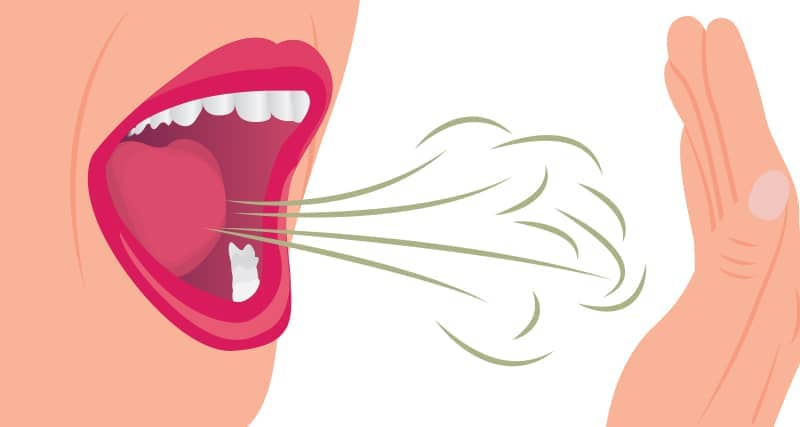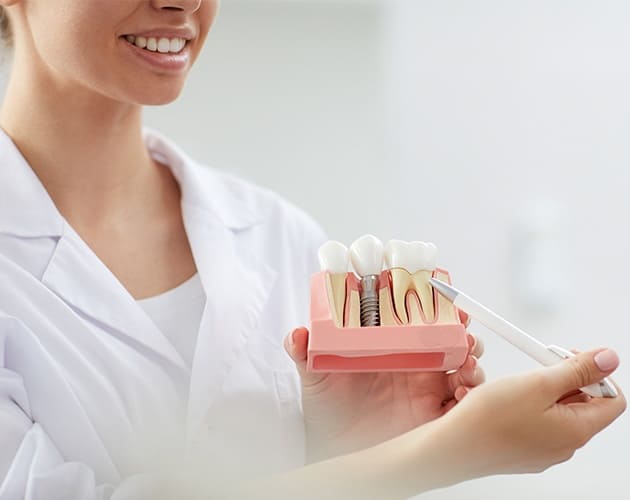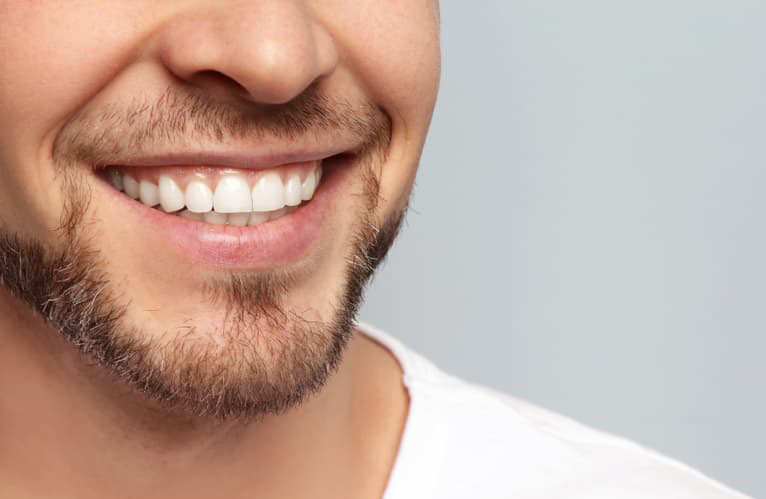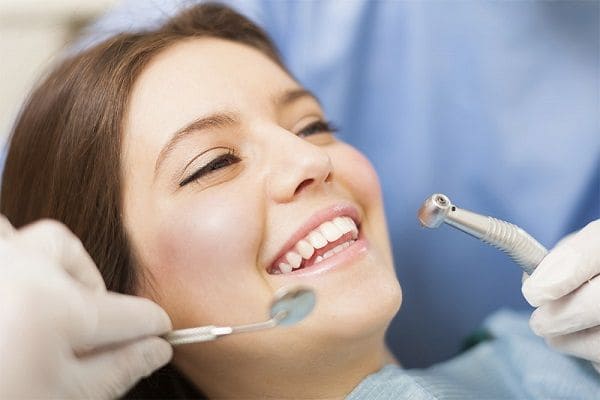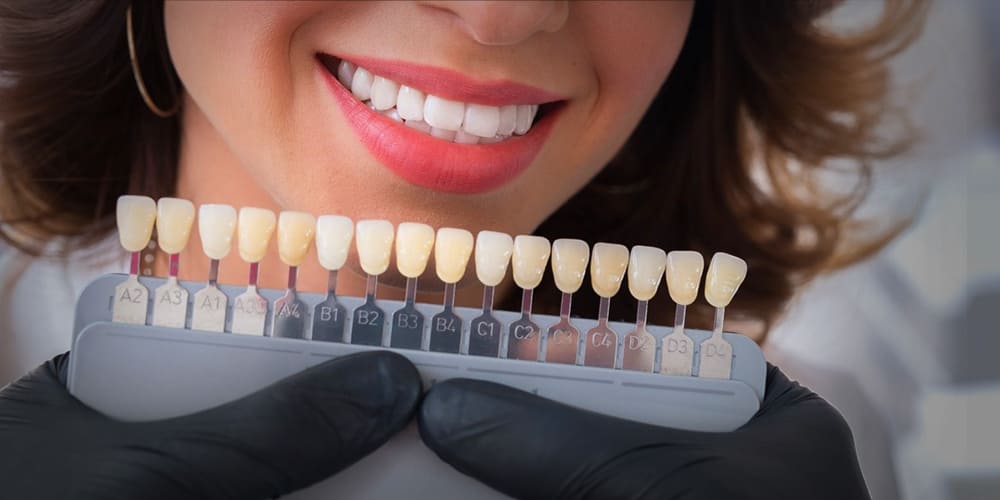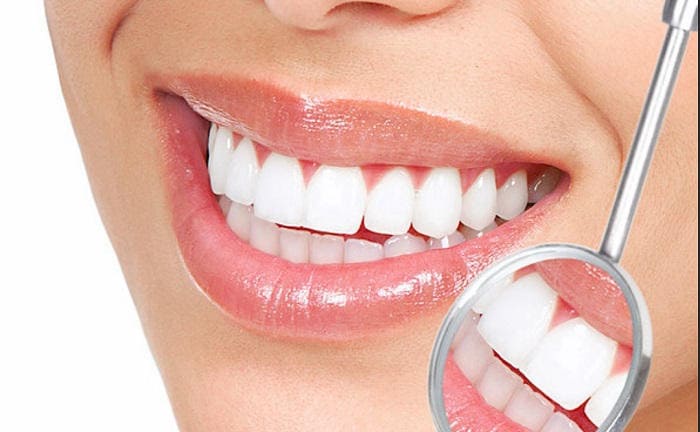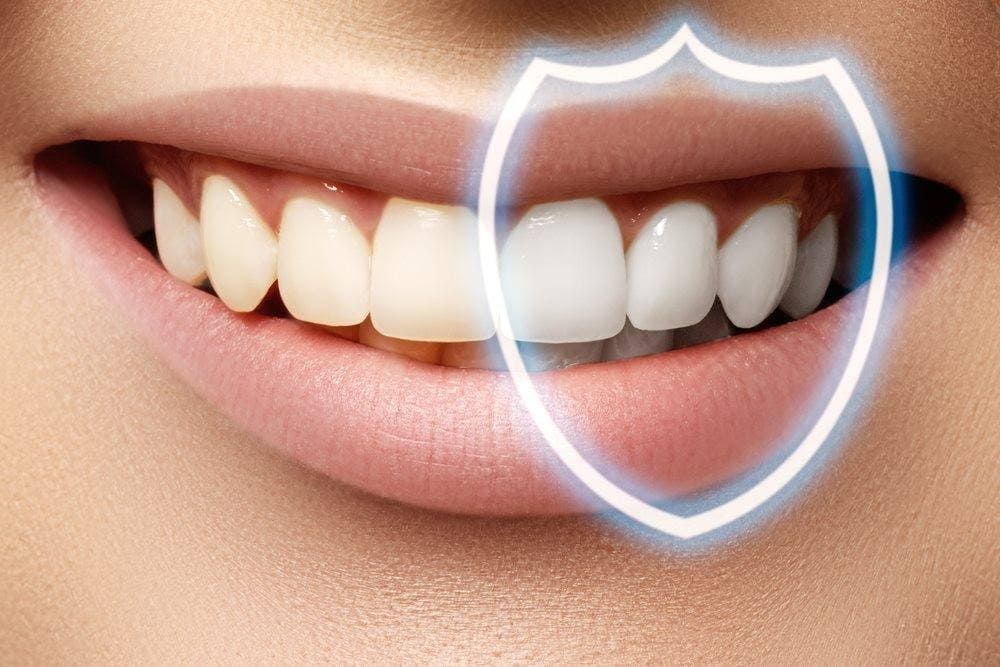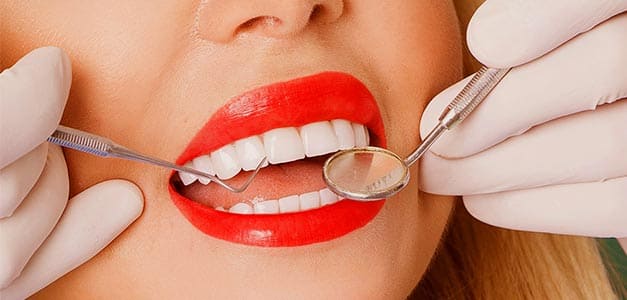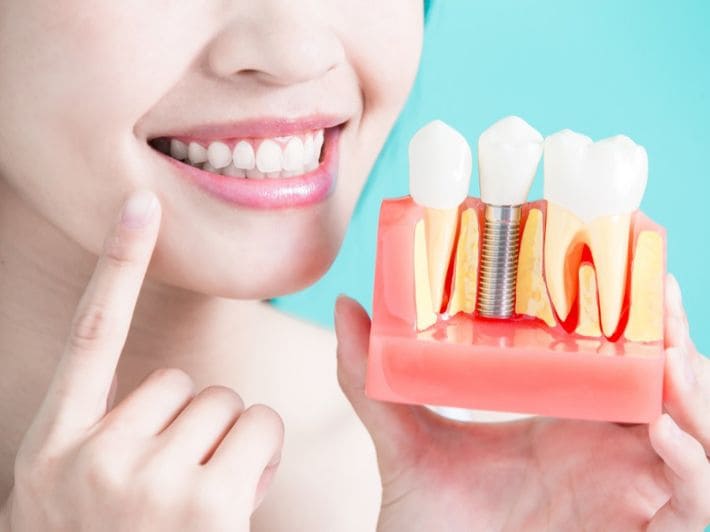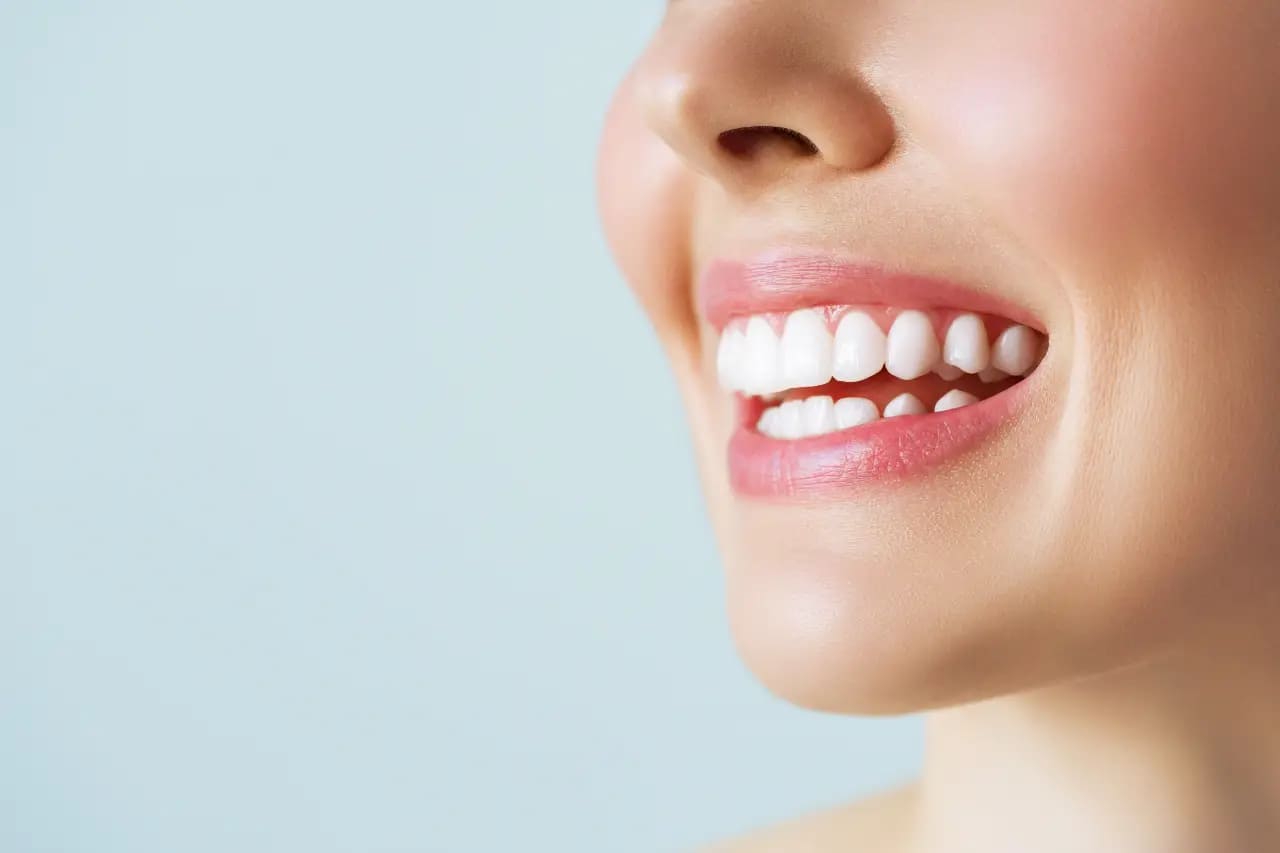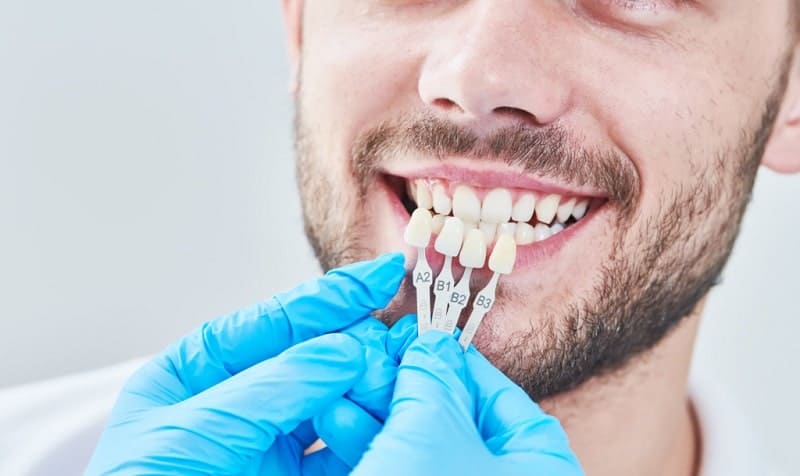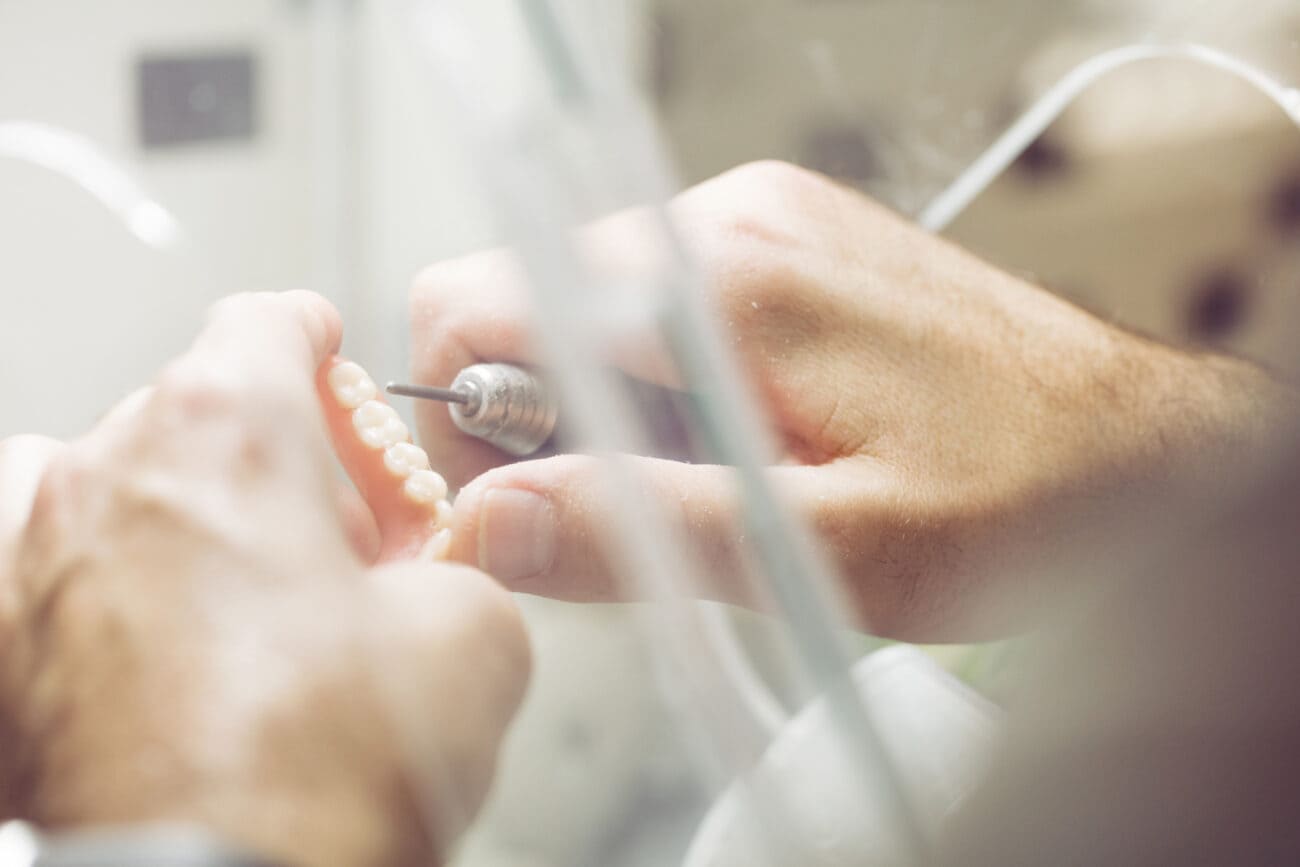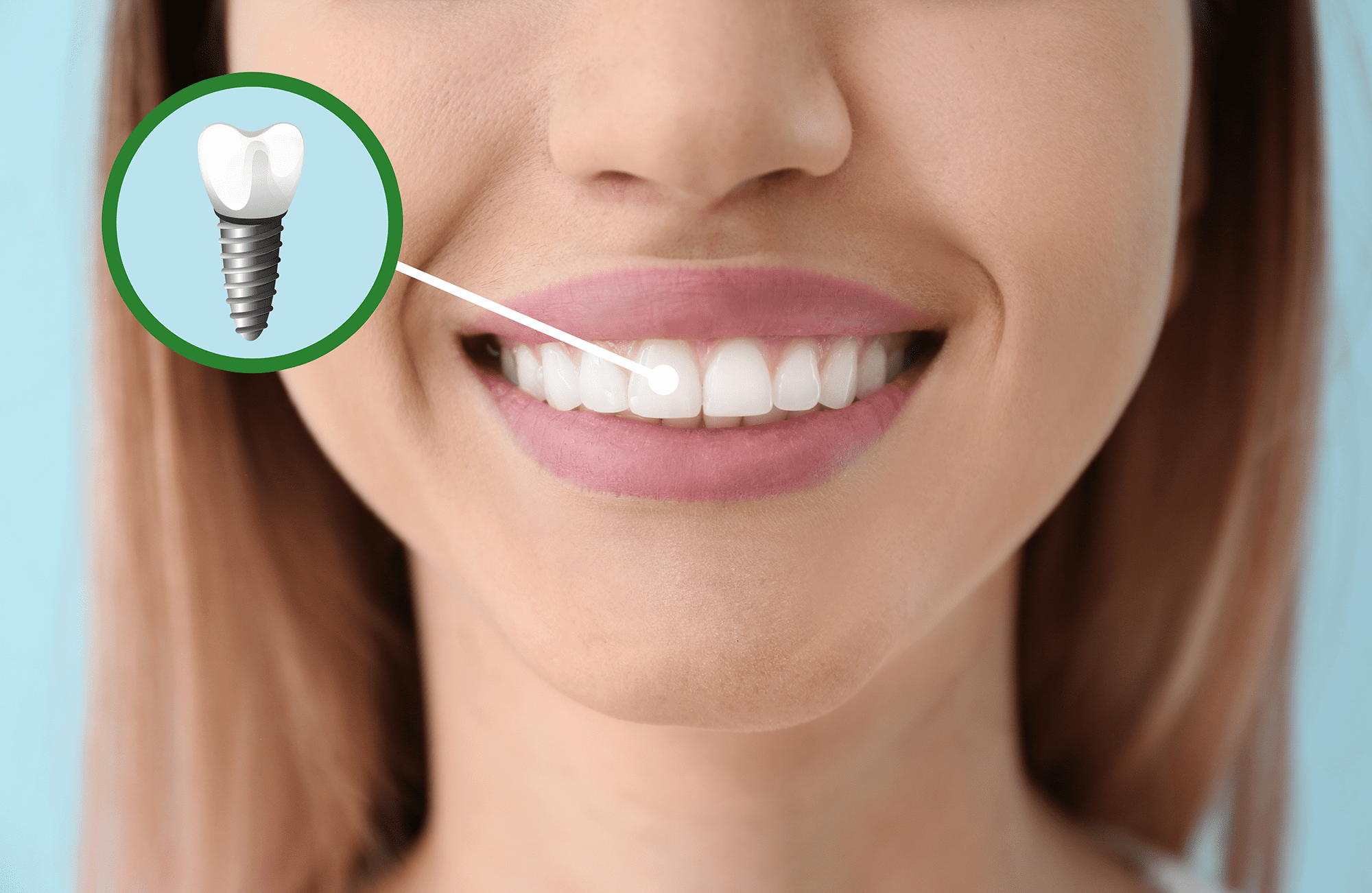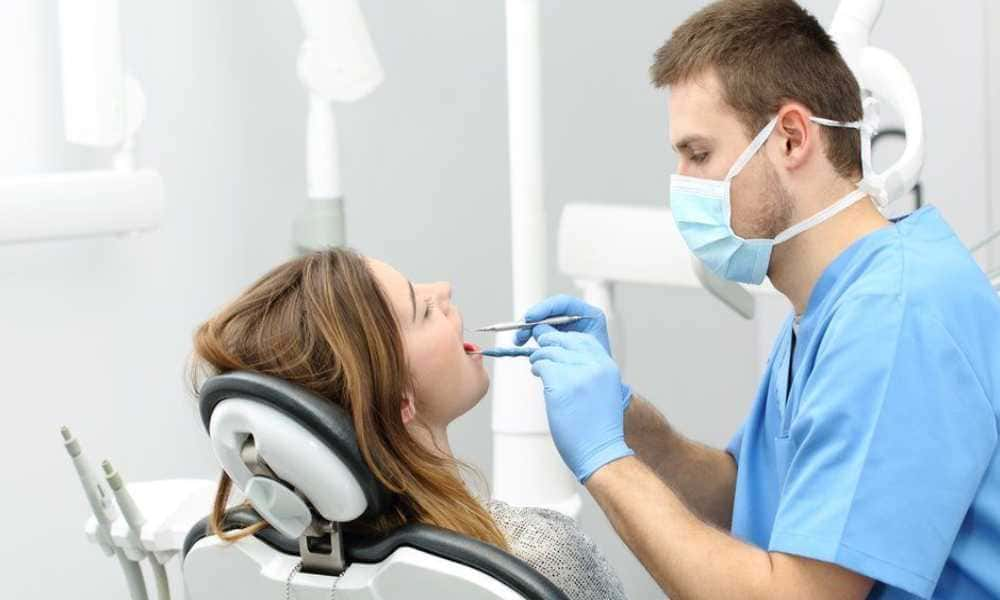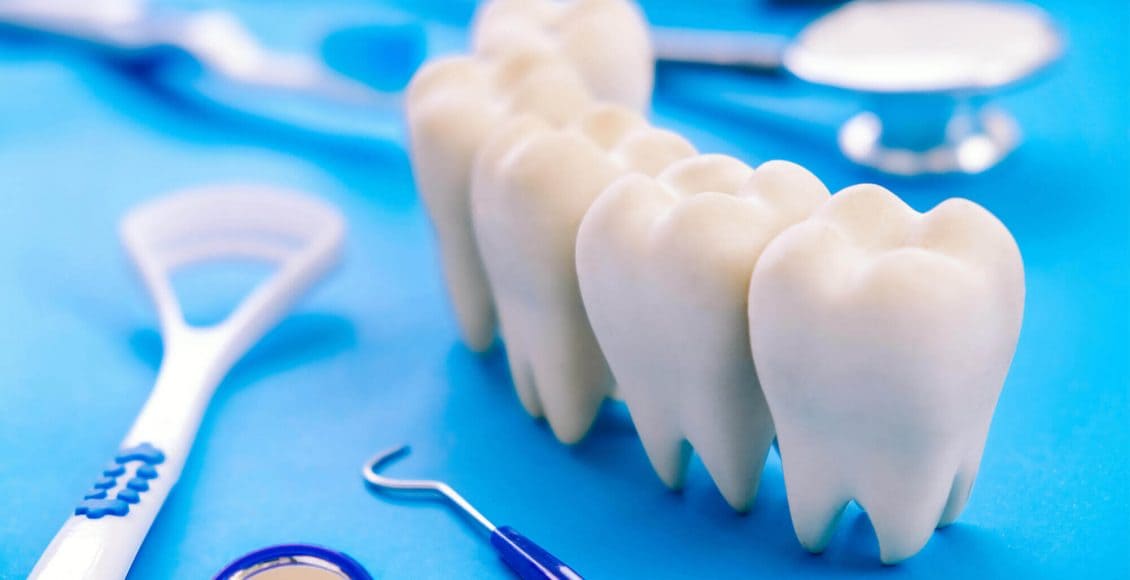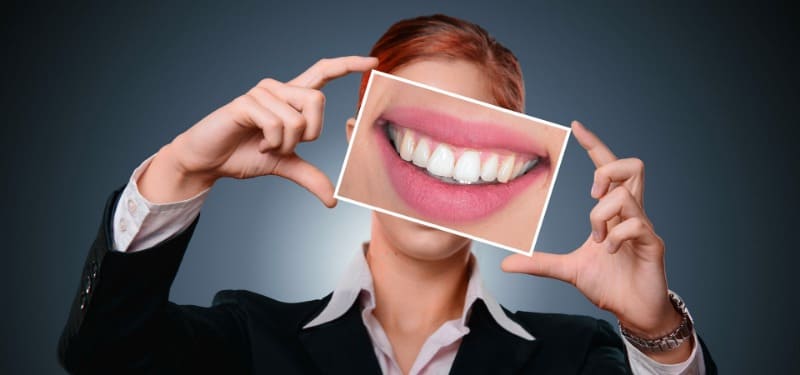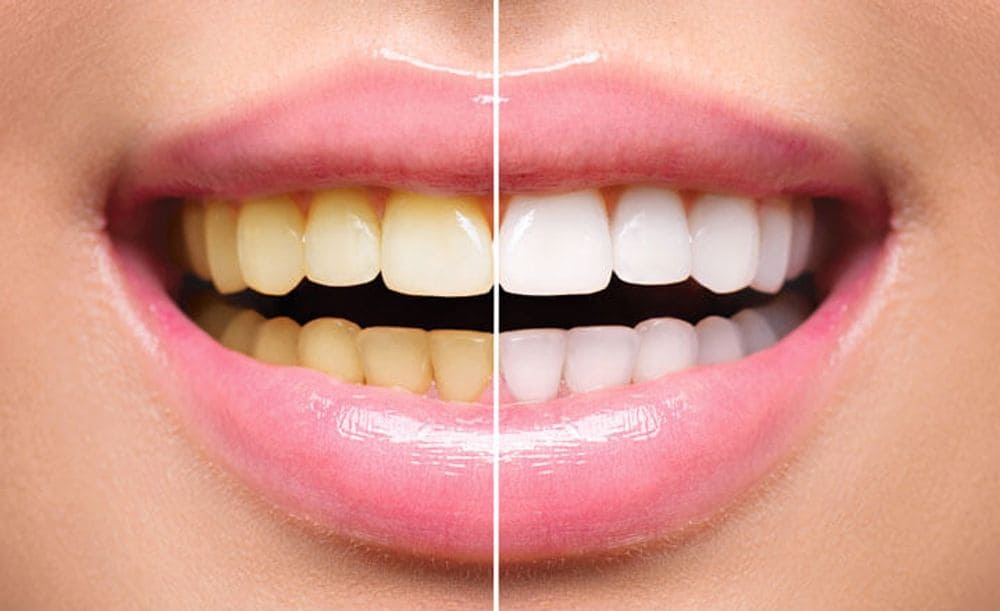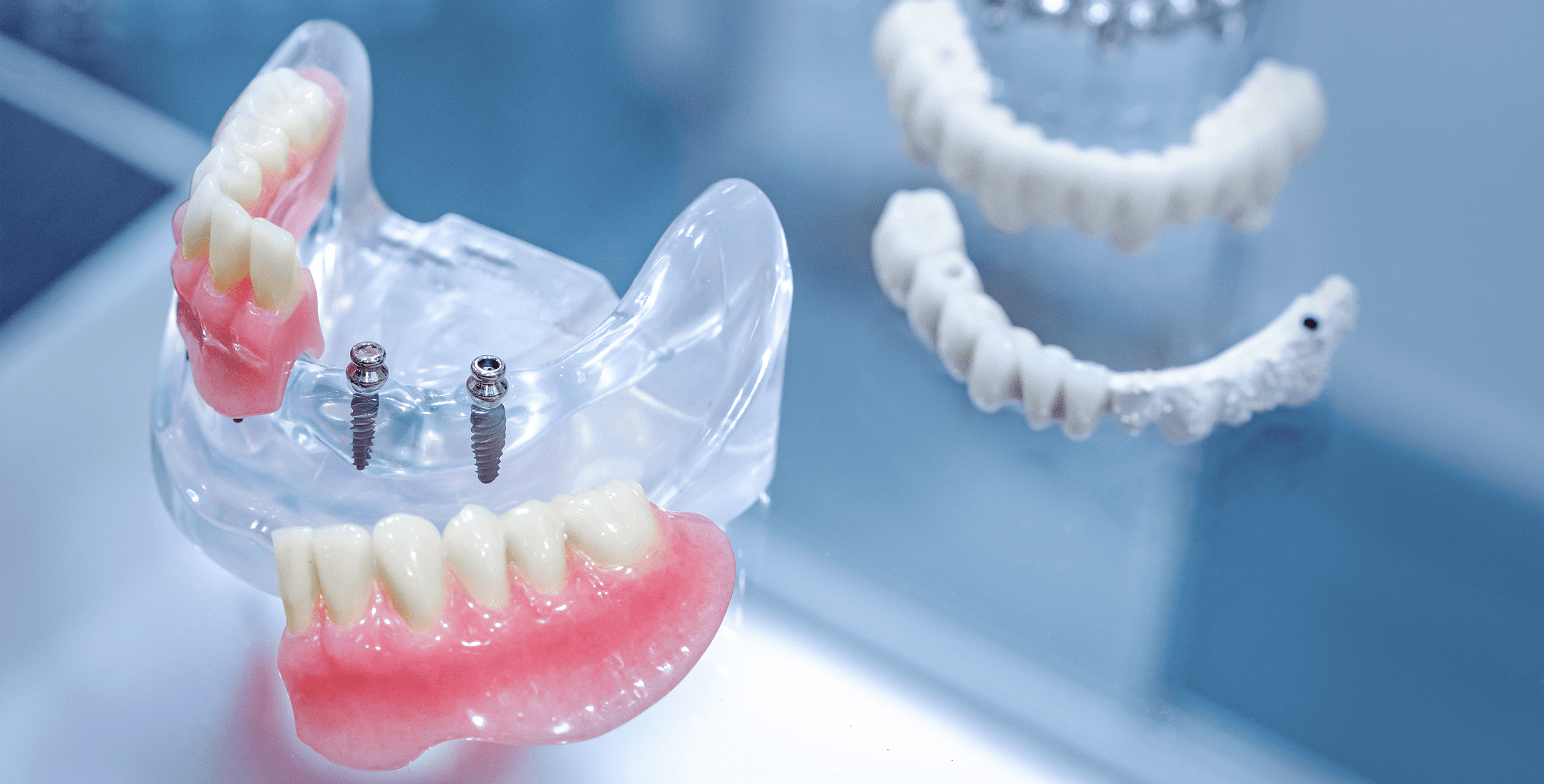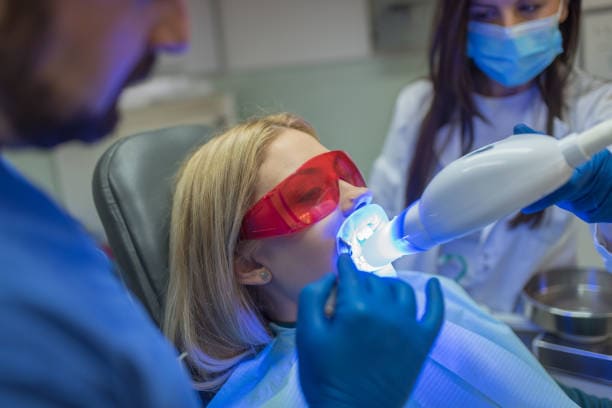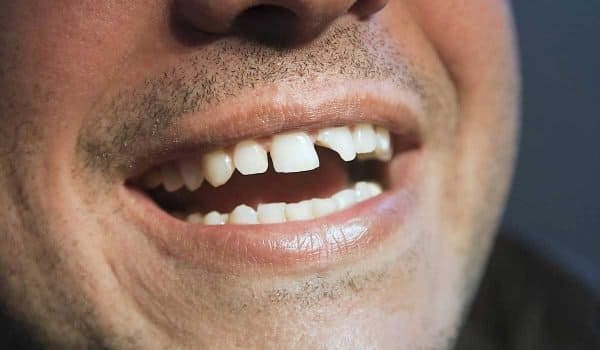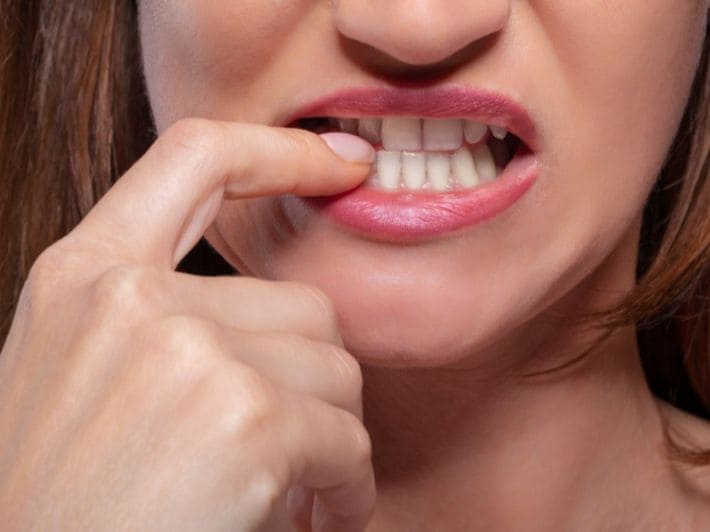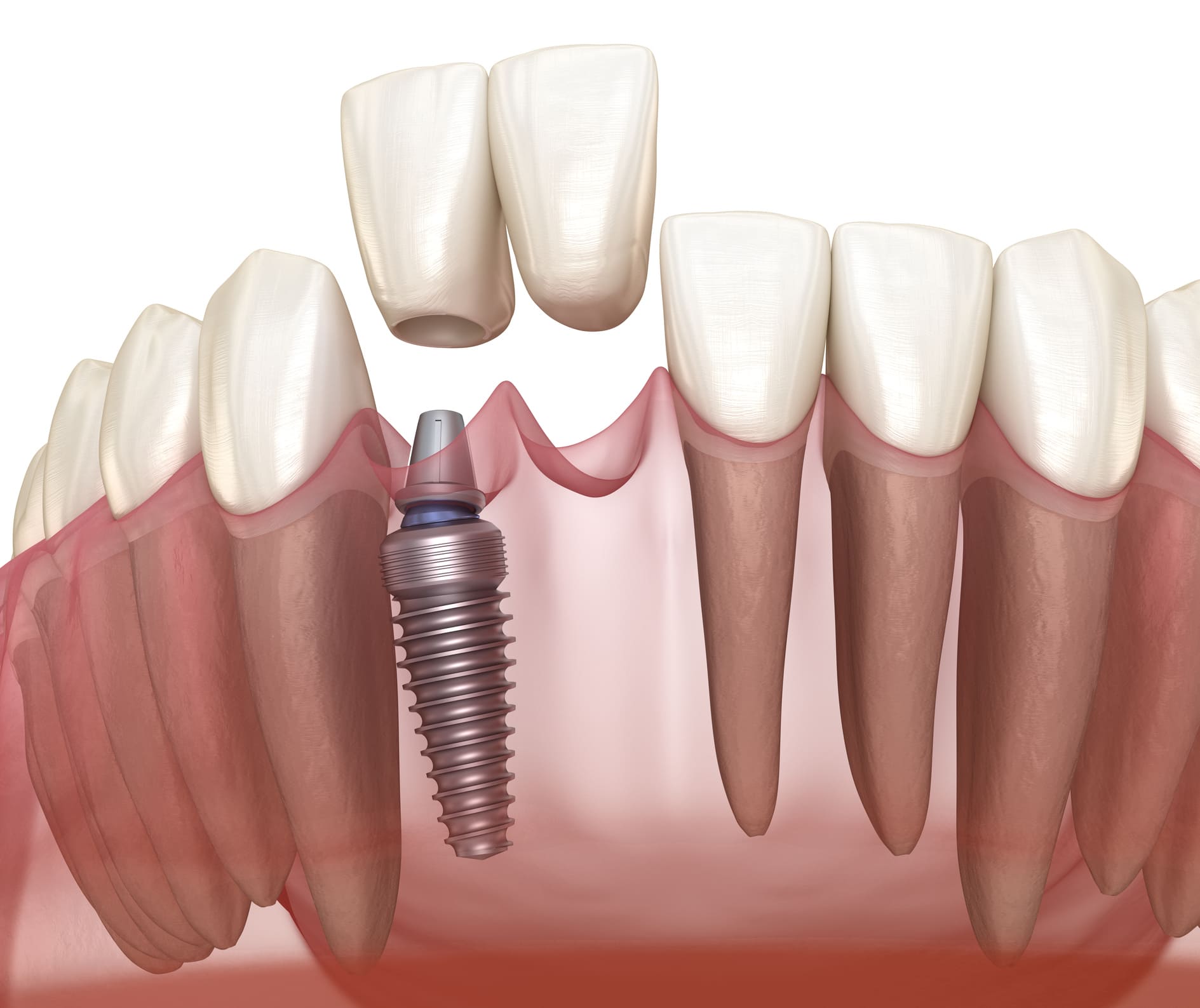Orthodontics of all kinds is considered one of the oldest and best non-surgical treatments used to treat several problems related to the teeth and the way they are aligned. When the specialist doctor resorts to relying on orthodontics, it is not a permanent problem. Orthodontics is a therapeutic technique that is described as non-permanent and gives real, tangible results, especially if the condition is Requirements for orthodontics in children
In this article from the Professional Clinic website, we present to you everything about orthodontics, its types, importance, and components.
1. Types of orthodontics
There are several types of orthodontics, and the appropriate type is chosen based on the person’s condition, as the doctor chooses the appropriate type for the condition
We mention to you the most popular and common types of orthodontics
Traditional Braces:
It consists of metal brackets that are fitted to the teeth with tensioners and wires that are adjusted regularly. This type of braces is effective for correcting severe cases.
Ceramic Braces: Transparent or colored wires are used to reduce the visibility of the braces. This type is suitable for people who want a calendar that is not eye-catching
Lingual braces: This type of braces is installed on the inside of the teeth, making them invisible from the outside. It is used to correct problems with tooth alignment and alignment
Wire-free braces (Invisalign): It consists of a series of clear, removable trays that are changed regularly to achieve the desired result. It is a popular option for people who want unobtrusive braces.
Zinc orthodontics (Zygomatic Braces): Zinc is used in this type of orthodontics to correct dental arrangement problems. They are installed on the teeth in a way that differs from traditional orthodontic techniques.
These types differ in their cost, effectiveness, and clarity to the naked eye. The specialist doctor at the Professional Clinics will choose the appropriate type to achieve a great and good result.
2. The importance of orthodontics
Orthodontics has a major therapeutic role and also has an aesthetic function because it is one of the tools that protects teeth and maintains their natural straightness.
We mention to you the main points related to the importance of orthodontics
Improving jaw functions
Orthodontics helps improve the function of the jaws, reducing problems with cutting, swallowing, and chewing
Improve pronunciation
Orthodontics can help improve pronunciation, especially if there are problems with the arrangement of the teeth that affect correct pronunciation and letter production.
Preventing gum problems
Orthodontics can reduce the chances of developing gum problems and infections, as a result of improving the ventilation process between the teeth
Reducing tooth wear
Improving the balance and arrangement of the teeth reduces uneven wear, which may occur when there is a misalignment in the bite and the forces that the teeth bear.
Reduce temporomandibular joint (TMJ) problems
Orthodontics can reduce the occurrence of problems with the jaw joint (TMJ) such as the pain and headaches associated with it.
The Professional Clinic Center in Istanbul offers comprehensive packages for dental treatment and cosmetics at competitive prices and integrated services, in addition to ideal results.
Click here to book an appointment and find out all the details
3. Orthodontic components
Orthodontics usually consists of several important components that work in harmony to achieve balance and correct the arrangement of teeth, and it is one of the most prominent elements used in the formation of orthodontics.
Brackets: They are small parts that are attached to the teeth and mounted on them. They can be made of materials such as stainless steel, ceramic or plastic
Archwires: These connect the brackets together and extend them across the teeth to stimulate movement and guide the teeth into place. They are often made of titanium or other alloys.
Bands: The band is used on the back teeth to secure the braces, and may be made of metal materials intended for this function.
Attachments: Additional parts may be added to the teeth to enhance fixation, direct movement, and harmonize them
Elastics or Ligatures: Used to connect wires to braces and encourage tooth movement
Buccal Tube: This is attached to the back teeth and holds the wires and brackets
Rubber Bands: They can be used to stimulate movement between the jaws and achieve correct balance
Auxiliaries: Additional components may be added depending on the situation, such as a head device or a night device to achieve additional effects
After the period required for orthodontics has passed
The doctor determines a specific period for the braces, and of course there are several visits to follow up on the condition and clean the braces. After the sufficient period of treatment has elapsed, there comes a final stage called the stabilization phase, where the doctor prescribes special medical tools called dental retainers. This tool is worn to maintain the results of the braces and stabilize the natural shape.
There are two known types of dental retainers after braces
Mobile dental retainer
It is usually in the form of metal wires or a plastic cast that can be removed at any time
Immovable dental retainer
It is fixed behind the teeth with an adhesive and does not cause any pain or discomfort
For more about orthodontics, you can request a free medical consultation from our medical team by contacting us to find out all the details

